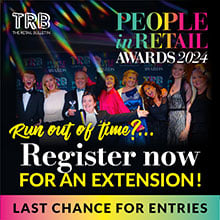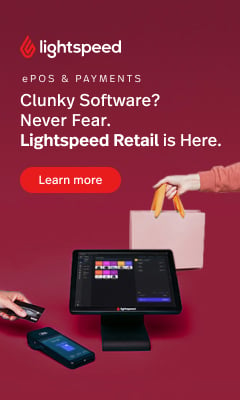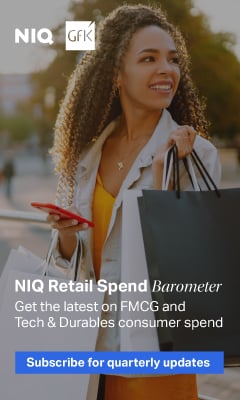Surge Pricing: Not coming to a store near you – Andrew Dark, CEO, Displaydata
You probably saw some of the recent media headlines about how Electronic Shelf Labels (ESLs) will enable ‘uber style’ surge pricing. Understandably this got consumers worried about the price of their weekly shop. But, the notion that ESLs will be used to raise prices in this way isn’t grounded in reality.
You probably saw some of the recent media headlines about how Electronic Shelf Labels (ESLs) will enable ‘uber style’ surge pricing. Understandably this got consumers worried about the price of their weekly shop. But, the notion that ESLs will be used to raise prices in this way isn’t grounded in reality. The UK is one of the most price-sensitive retail markets in the world, especially in the grocery sector, where success is determined by offering customers competitive and consistent price and promotions across in-store and online channels.
The truth is, leading retailers around the world are using ESLs to control and drive in-store pricing and promotions with speed, agility, and consistency. My top 5 reasons ESLs are becoming common features on store shelves include:
- Transparency and integrity: Retailers want to earn consumer trust – that means ensuring that prices align across channels. It was only a few months ago that retailers were criticised for not ensuring that prices at the checkout matched those on shelves. And with some grocery retailers selling as much as half of their inventory on promotional terms at any point in time, being able to centrally manage the information and pricing on any number of labels, across any number of stores – in seconds – means it’s far easier to ensure price and promotional changes are made quickly and most importantly that this is done accurately.
Delivering accurate information and pricing about products builds customer’s confidence that they can budget and plan their shop reliably and leads to a more trusting relationship between the retailer and the consumer.
- Pricing agility: Dynamic pricing makes it easier to price by events, time of day and store location, respond to competitors’ activities, clear overhanging stock and reduce waste.
- Improving customer service: By freeing staff from manual price changes, in-store teams can spend more time helping customers and ensuring the store is correctly merchandised. ESLs can also show much more information – such as competitors’ prices, source of origin, ingredients, social reviews, stock levels and much more for both store associates and consumers. The guaranteed consistency between shelf pricing and charging at the register also eliminates time taken to process refunds and removes this customer irritant.
- Protecting the environment: By having the freedom to remotely change prices on any shelf in seconds, retailers can graduate pricing based on sales velocity and inventory levels to ensure they reduce waste by the end of the business day. What’s more, huge savings are made in paper and ink when replacing paper labels with electronic ones.
- Giving customers more: Using ESLs with Bluetooth beacons, retailers can send customers more personal and engaging offers to shoppers’ smartphones. In our always-connected world ESLs are integral to deploying price and promotional strategies in engaging ways that appeal to today’s tech-savvy customers.
By Andrew Dark, CEO, Displaydata: Click here for more information














